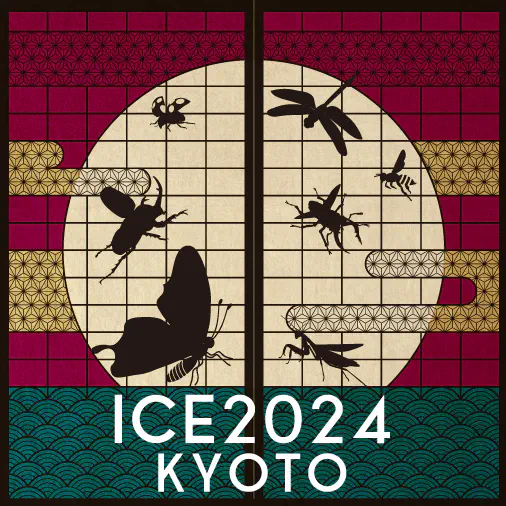International Congress of Entomology 2024

Abstract
Climate change is causing northward expansions of many species, changing species interactions and rewiring food webs. However, aquatic and terrestrial environments are affected differently by changes in temperature and precipitation. Therefore, coupled ecosystems at the intersections between aquatic and terrestrial ecosystems are particularly complex to understand from a climate change perspective. This is especially relevant for insect communities, since many species have aquatic life stages. Distance to water bodies can therefore be expected to affect how insect community composition and species abundance respond to changes in climate, and in turn species interactions and predator prey dynamics. For many terrestrial insectivorous predators, insects with aquatic life stages are unavailable until they emerge from the water. Mismatches between predator occurrence and prey availability may hence become more common with climate driven changes in phenology if aquatic and terrestrial habitats are affected at different rate. However, the implications of changes in aquatic insect abundance are complex, and transitions may not be linear. While more productive systems may fluctuate more with a climate change, increasing temperatures and productivity could push species-poor high-elevation ecosystems, characterised by large temporal variability in aquatic insects, into a more stable state and so result in reduced mismatches. The relative importance of aquatic insects is particularly pronounced in areas with a low terrestrial productivity, such as arctic and alpine tundra-like ecosystems. The same areas experience some of the strongest effects of climate change. Our study investigates how insect communities change with distance to water bodies along an elevation gradient in the Swedish mountains. We sampled flying insect communities in connection to lakes in 3 types of ecosystems with contrasting vegetation, ranging from low altitude coniferous forest to intermediate mountain birch forests and high elevation mountain tundra. We used a paired Malaise trap sampling setup, with one trap placed immediately next to the water, and one placed 80 m perpendicularly from the shore. We test the hypotheses that a) species diversity increases with proximity to waterbodies, and b) the contrast between lake and dry areas increases with elevation. We analyse the underlying community composition processes and discuss the possible implications for predator prey interactions, aiming to assess the impact of climate change on insect communities in aquatic-terrestrial habitats.